Hermitage of Saint Sylvester
This hermitage celebrates the legend of Emperor Constantine's healing from leprosy.
The lonely limestone mountain of Mount Soratte looms on the horizon north of Rome. Although its height is modest, its peculiar isolation and history enhance its mysterious aura. Goethe in his Italian Journey, described the mountain in these terms: “Soracte stands out by itself in magnificent solitude. Probably this mountain is made of limestone and belongs to the Apennines.”
On the southern ridge lies the town of Sant’Oreste, which was named after a Christian who was martyred in the region. Trails from the town lead to the mountain’s peak.
Prior to the Christian age, the Italic and Etruscan people, and later the Romans, worshipped the god Soranus (later identified by Virgil as Apollo) and the wolf-priests of Soranus. It’s said people would walk barefoot on embers during the yearly rituals at the mountain top.
During the period of Constantine according to legend, Christians escaping persecution fled to the mountain. Saint Sylvester, who later became the first Pope during the Christian Roman Empire, founded a church on the mountain over the remains of the temple of Apollo.
According to some traditions, Constantine was healed from leprosy by Sylvester, which was said to demonstrate the superiority of the Christian God over the Roman gods. This event is believed to have played a key role in the emperor’s conversion.
The hermitage preserves precious frescoes hailing from the 14th and 15th centuries, many of which were restored in the 1920s. The site was destroyed by the Lombards and reconstructed by Carloman I during the 8th-century CE. A monastic complex was added to the hermitage around the 12th-century with a water cistern and a bell tower, the remains of which are still visible.
Know Before You Go
Soratte is part of a nature reserve and there is an extensive trail network that can be hiked from Sant'Oreste. Several marked trails lead to the top of the mountain.
In 1937, the Italian government dug a series of underground galleries which were then used as bunkers during World War II by the German army. Four kilometers of this underground network can now be visited.
The local cultural association, Avventura Sorattem, organizes monthly visits to the hermitage.
Plan Your Trip
The Atlas Obscura Podcast is Back!



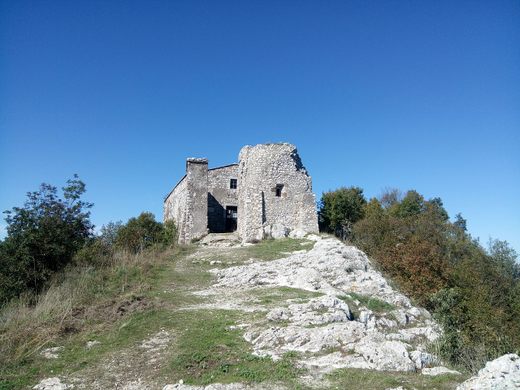

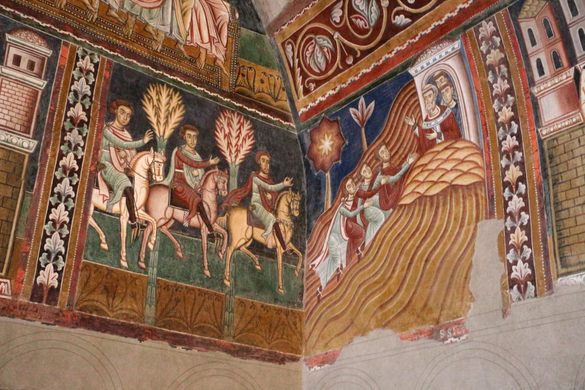



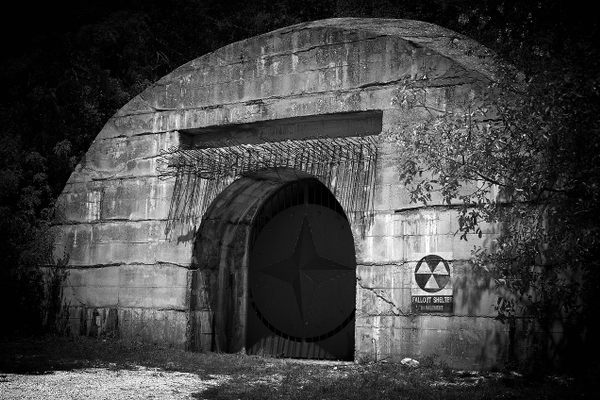

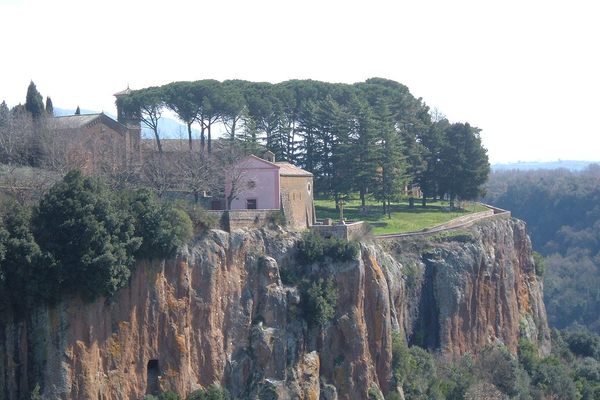
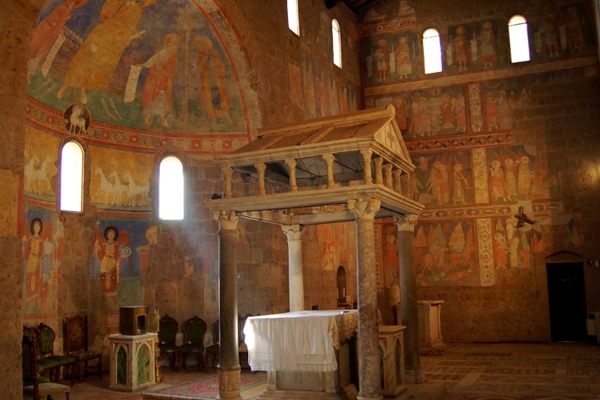



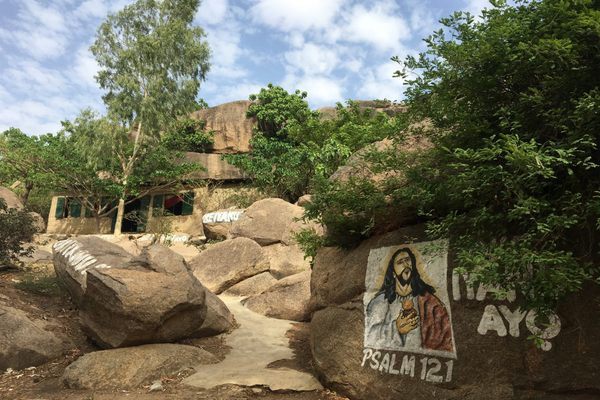

Follow us on Twitter to get the latest on the world's hidden wonders.
Like us on Facebook to get the latest on the world's hidden wonders.
Follow us on Twitter Like us on Facebook